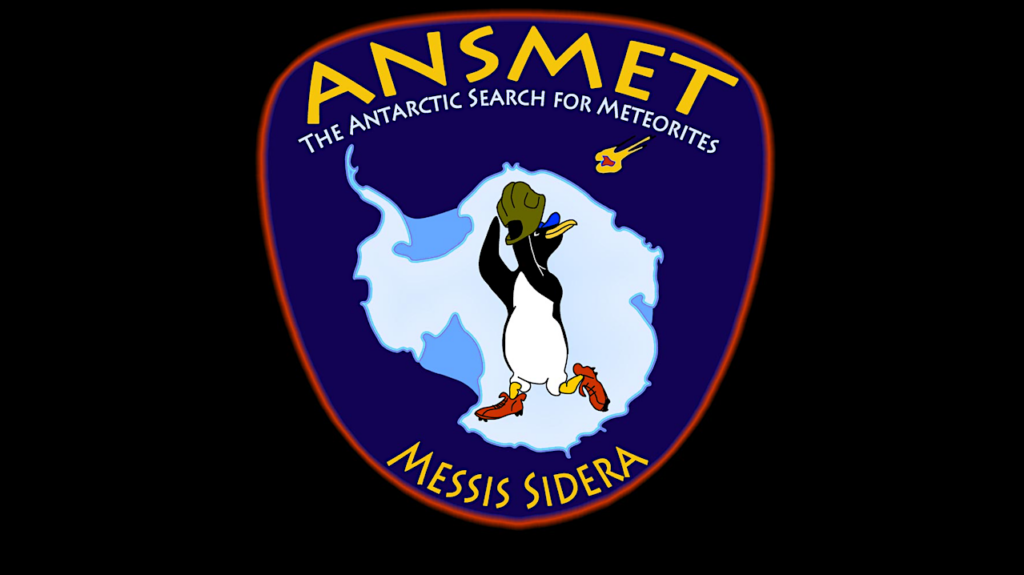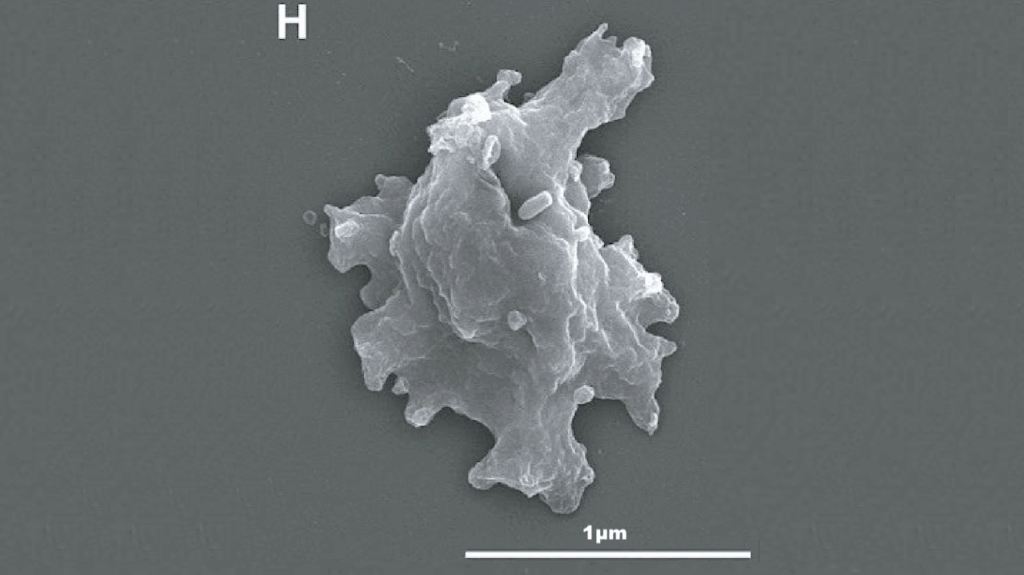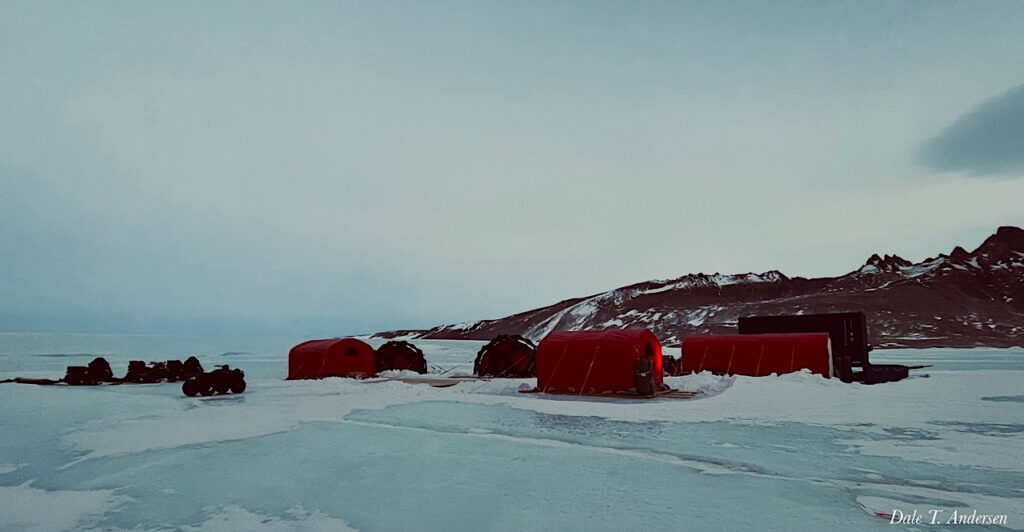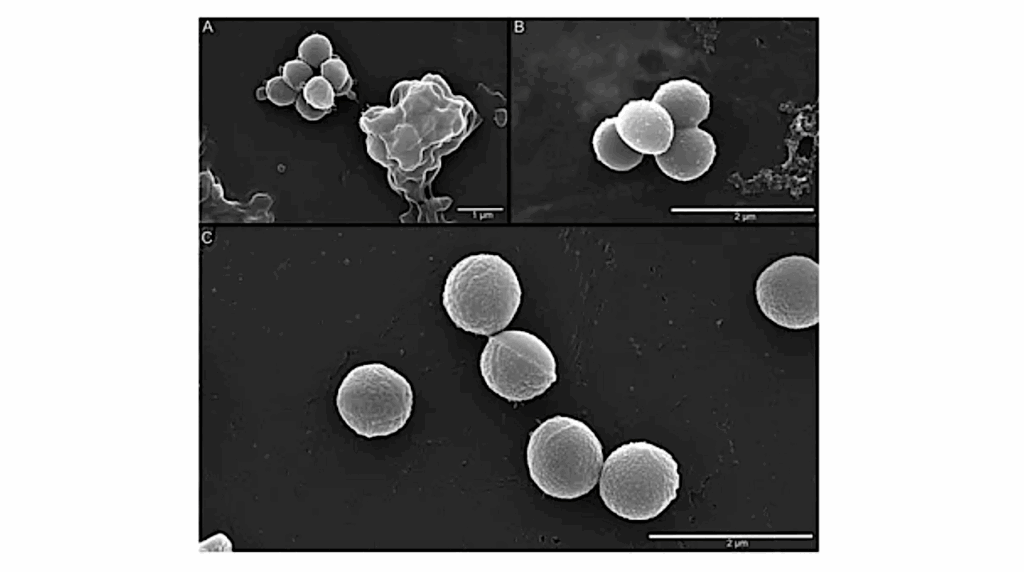An Astrobiological Perspective on Microbial Biofilms: Their Importance for Habitability and Production of Detectable and Lasting Biosignatures

The search for life elsewhere in the universe has remained one of the main goals of astrobiological exploration.
In this quest, extreme environments on Earth have served as analogs to study the potential habitability of Mars and icy moons, which include but are not limited to hydrothermal vent systems, acid lakes, deserts, and polar ice, among others.
Within the various forms that life manifests, biofilms constitute one of the most widespread phenotypes and are ubiquitous in extreme environments. Biofilms are structured communities of microorganisms enclosed in a matrix of extracellular polymeric substances (EPS) that protect against unfavorable and dynamic conditions.
These concentrated structures and their associated chemistry may serve as unique and persistent signatures of life processes that may aid in their detection. Here we propose biofilms as a model system to understand the habitability of extraterrestrial systems and as sources of recognizable and persistent biosignatures for life detection.
By testing these ideas in extreme analog environments on Earth, this approach could be used to guide and focus future exploration of samples encompassing the geologic record of early Earth as well as other planets and moons of our solar system.
An astrobiological perspective on microbial biofilms: their importance for habitability and production of detectable and lasting biosignatures, Applied Environmental Microbiology via PubMed (open access)
Astrobiology,








